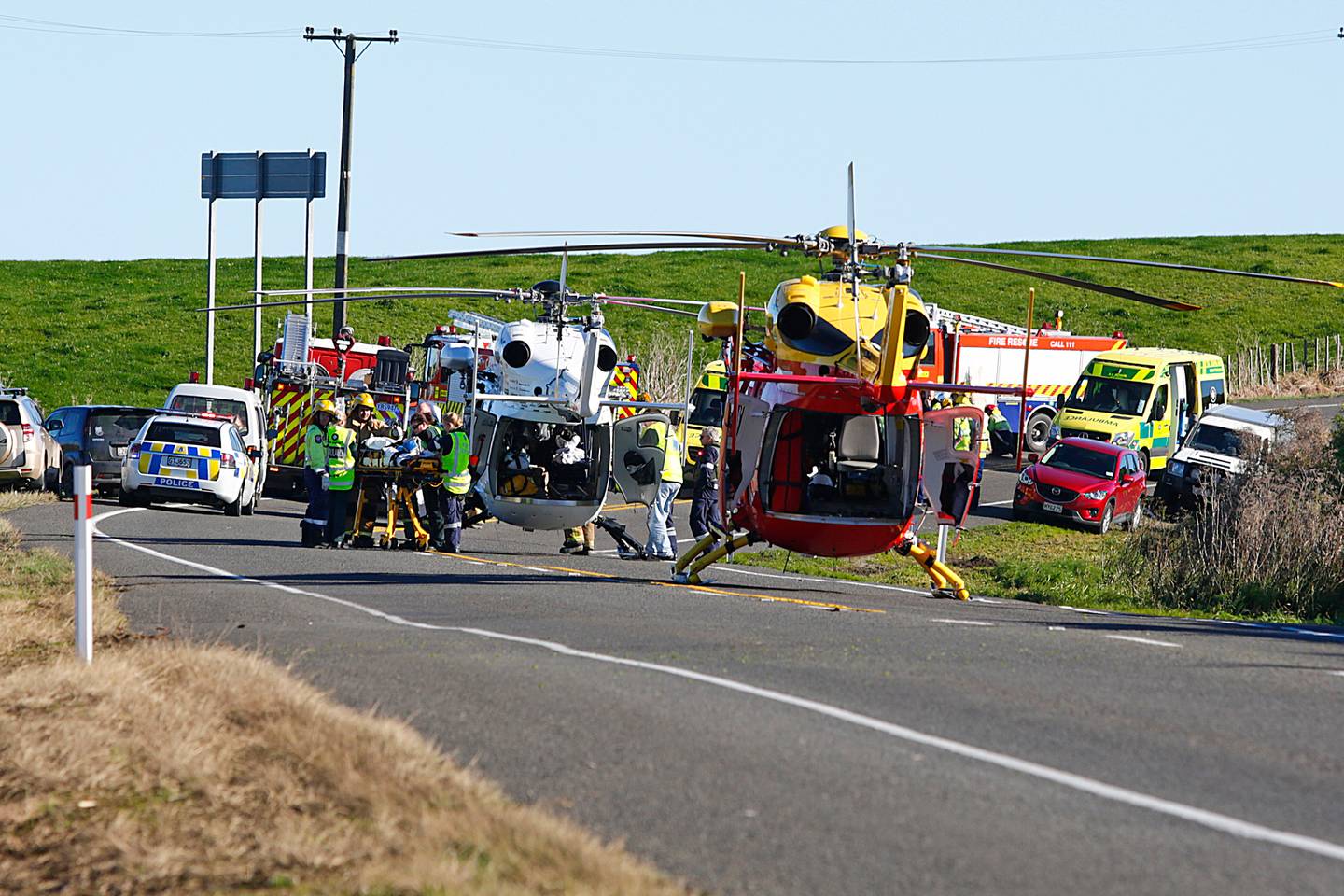Why is driver training important?
A large percentage of crashes both urban and rural involve drivers who are doing their job at the time. H&S requires companies to take all practical steps to ensure the safety of its employees, and this also pertains to the use of machinery which encompasses company vehicles.
Each year approximately 25% of work vehicles are involved in some form of crash in New Zealand.
It’s all in the eyes 👀
When you are driving your eyes are responsible for identifying, processing and reacting to 90% of all information.
Distractions 🤳
If you are driving at 90km/h and take your eyes off the road for two seconds, you will have travelled 50 metres.
Seat belts 💥
Seat belts support you in a sudden stop or crash, supporting up to 20x your weight. Think of the damage that would do if you weren’t restrained…
Tip: Eyes up 🛣
You should be looking as far up the road as you can see, and from there constantly scanning your surroundings – adjoining roads, signs, potential hazards etc
Texting and driving 🤳
Drivers are 23x more likely to crash when using their smartphone.
Fatigue 🥱
If you are driving while tired you can display the same impaired reaction times and decision making as drivers under the influence of alcohol and/or drugs.
Drug driving is a growing problem 💊
In 2020, drugs were a factor in 115 road deaths, and 214 serious injuries caused in road accidents.
Tip: Indicating ↔️
Let other motorists know of your intended path by indicating for at least 3 seconds before you turn or change lanes.
Workplace deaths in NZ ⚰️
Of the 45 workplace deaths in New Zealand during 2021, 32 involved motor vehicles.
Tip: Headlights 🔦
Drive with your driving lights on automatic to ensure you are identified sooner by oncoming traffic.
Tip: Tyre pressures 🛞
Tyre pressures reflect the load you are carrying. If you are heavy with passengers, stock or other load-bearing items, add extra tyre pressure to accommodate this extra weight. Typically 4-7psi per tyre will suffice.
Tyre pressure save you $$$, and can save your life 💨
According to AA stats, approximately half of all vehicles on NZ roads are being driven with under inflated tyres. This increases fuel consumption, creates drag and pressure points on the tyres that increase wear. On average, tyres in NZ are replaced 10-12,000km sooner than they need to be.
Tyre condition/tread 🛞
Good tyre tread helps disperse water on wet roads. The less tread you have, the less water the tyres can clear leading to “aquaplaning” – where the tyre loses contact with the road and essentially sits on top of the water similar to a boat. Unlike boats, however, motor vehicles are of no use when the rubber no longer meets the road.
Tip: Steering wheel position 👐
How you hold the steering wheel is important. Holding the wheel in the 9-3 position (think of the hands of a clock) reduce the chance of unnecessary hand injury in the event of an accident, from the wheel ‘whipping around’ on impact as well as the deployment of airbags. Using the 9-3 position also gives the driven better control of a vehicle at all times for normal road driving and hazard avoidance.
Tip: Loose articles 🛍
Loose articles in your vehicle can become hazards during an accident. Drivers have been killed by their groceries, among other everyday objects stored on the back seat or rear parcel tray without restraint.
New Zealand Road Toll 2021 📈
318 people died on NZ roads in 2021. These were made up of drivers, passengers, motorcyclists, cyclists and pedestrians.
91 were aged 25-39, 81 were aged 40-59.
238 were male, 80 were female.




